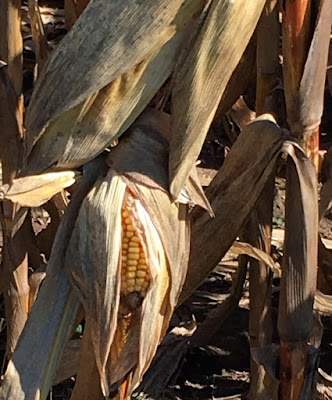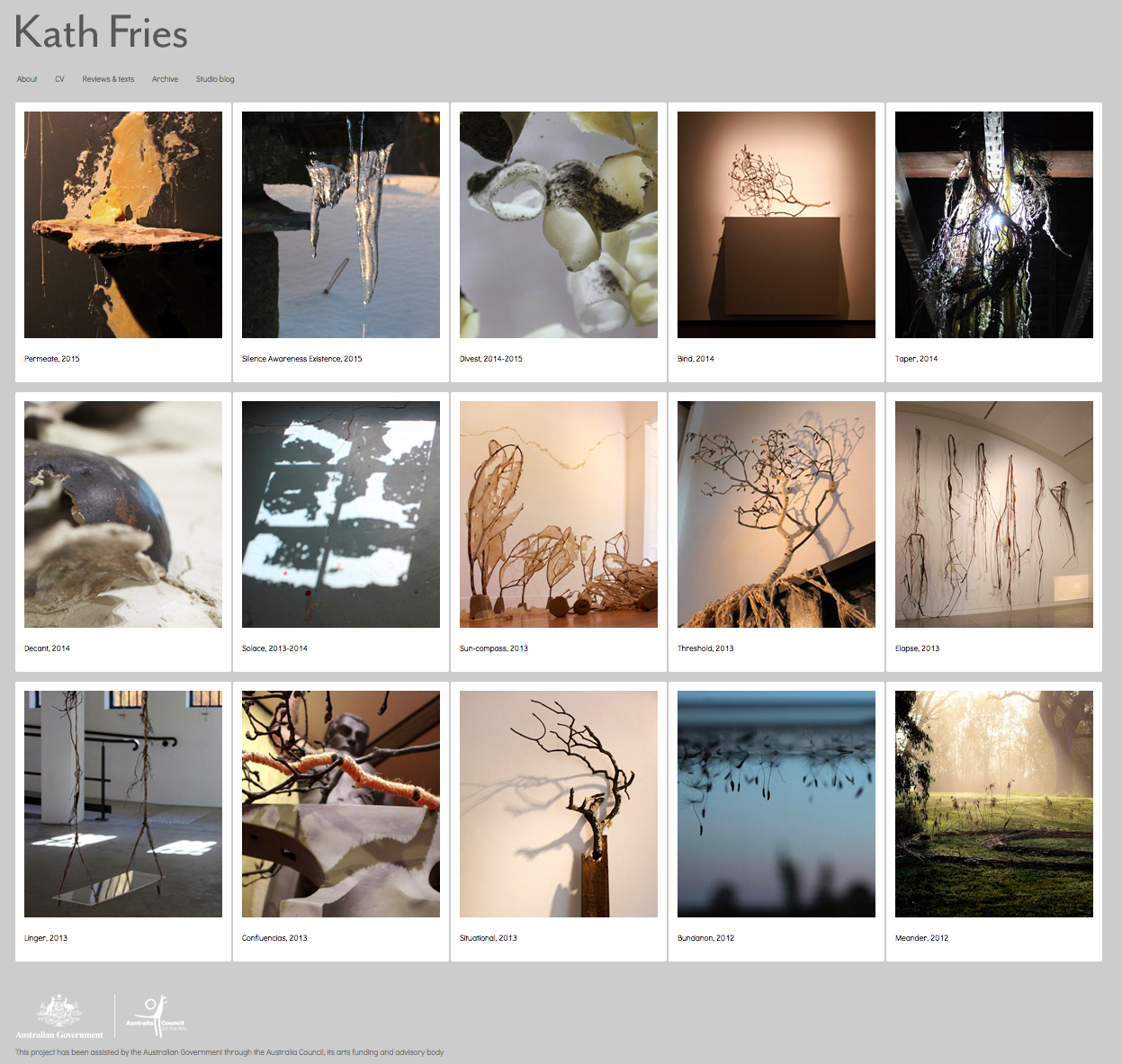I recently exhibited Api-centric, a series of my beeswax sculptures in Siteworks: the birds and the bees at Bundanon Trust NSW. Installed in the lounge room of the Arthur Boyd homestead, Api-centric reflected on the sensuous richness of the beehive, the home of honeybee super organism, Apis Mellifera.
“The birds and the bees have captured our collective imagination for millennia so this year’s event promises to be an intriguing mix with suggestive connotations woven in. There’s a palpable sense of anticipation as the artists, scientists and community members involved unveil their personal responses to the theme and property.” Deborah Ely, Bundanon Trust CEO.
Siteworks: the birds and the bees extends across the iconic Bundanon property with inventive and interactive experiences from a range of artists, musicians and performers from midday to midnight Saturday 23 September 2017. https://bundanon.com.au/timeline/siteworks/2017/
 |
| Kath Fries, Abode, 2017, beeswax, found object and wire (on grand piano) |
 |
| Kath Fries, Abode, 2017 beeswax, found object and wire (on grand piano) |
Api-centric: It is often argued that our human senses have evolved in response to bees. We are attracted to the same tastes, sights and smells, but we do not share these same sensory attractions with other insects, like blowflies. The same coloured flowers and their fragrances attract both humans and bees, and many humans have a similar sweet tooth - a taste for sugar and honey. We even share a similar gestation temperature. Human body temperature is 37 degrees, and worker bees, who are all female, maintain a constant 35 degrees in the brood section of the hive around their sister baby bees, eggs and larvae.
Kath's work with beeswax engages with the material's tactility, aroma and visual presence, as well as drawing on various beekeeping practices, reseacrh into Apis Mellifera (western honeybee) as a super organism: their communication, life in the hive and the global crisis of Colony Collapse Disorder. The cylindrical beeswax polyp forms in these sculptures are made by wrapping a piece of warm wax around the artist's fingers in a healing bandaging gesture. This echoes how bees' make their honeycomb by moulding it around each other's bodies, as the youngest worker bees secrete small scales of wax from the underside of their abdomens and beneath their wings , which are removed by their sisters to construct comb chambers.
 |
| Kath Fries, Api-centric, 2017, room view |
 |
| Kath Fries, Morph and Divest, beeswax and ash |
 |
| Kath Fries, Morph, 2017, beeswax sculptures |
 |
Kath Fries, Reservations (pane), 2017 beeswax, glass, wood and sunlight
|
 |
Kath Fries, Reservations (pane), 2017 beeswax, glass and wood,
view from outside |
 |
| Siteworks: the birds and the bees, event invitation |











































































%2BWhite%2C%2BBRANCH%2B3d.jpg)














.jpg)














